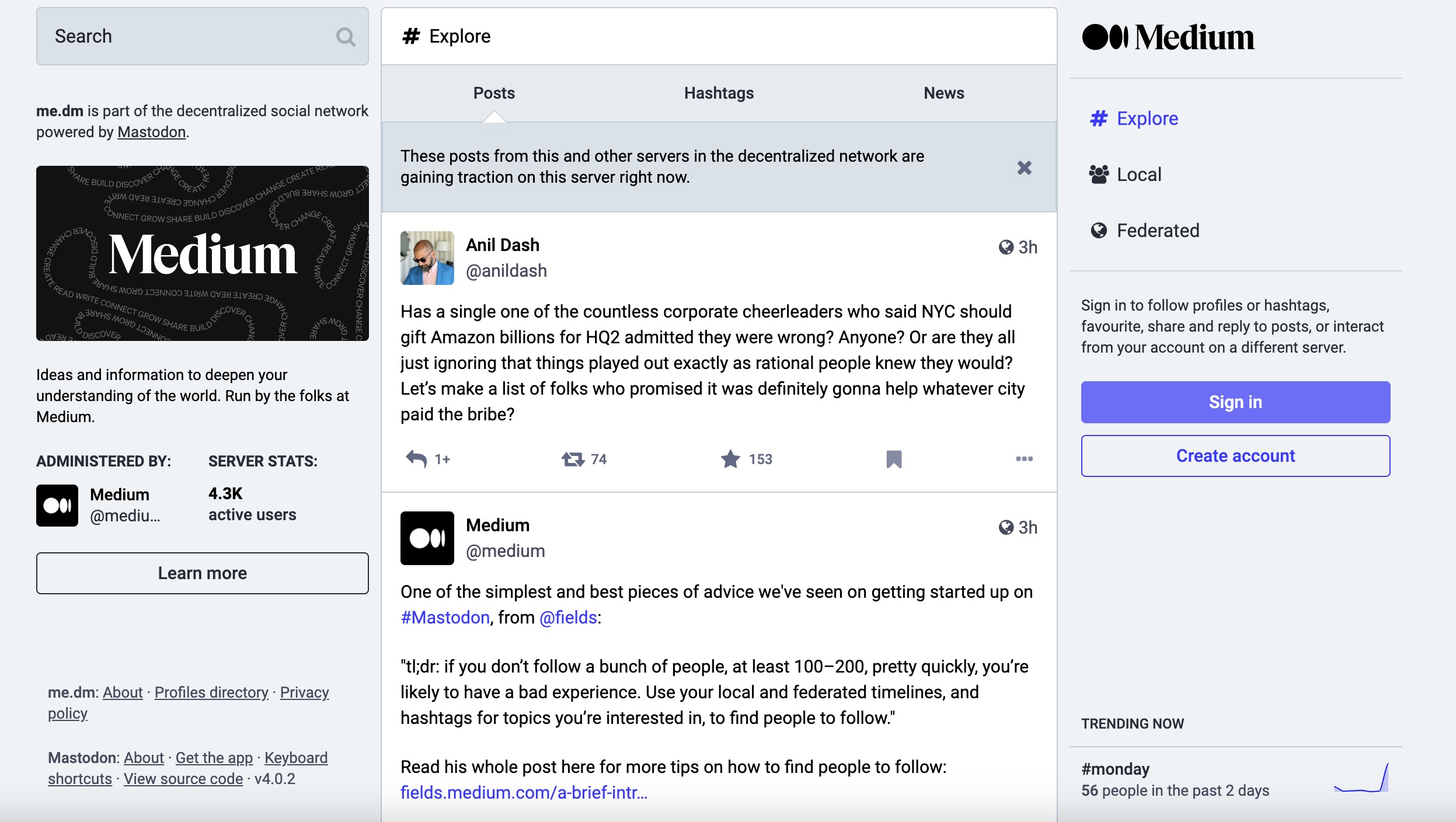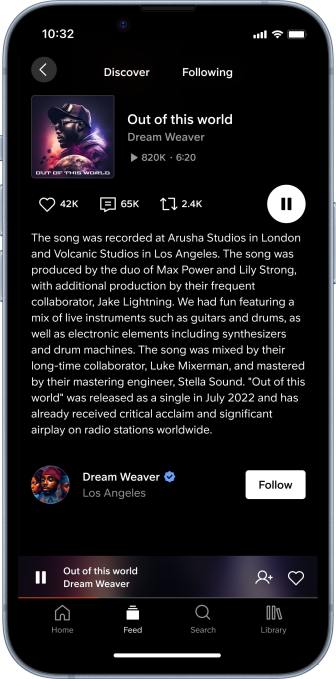For episode transcripts and more, head to Equity’s Simplecast website.
Equity drops at 7 a.m. PT every Monday and Wednesday, and at 6 a.m. PT on Fridays, so subscribe to us on Apple Podcasts, Overcast, Spotify and all the casts. TechCrunch also has a great show on crypto, a show that interviews founders, one that details how our stories come together, and more!






